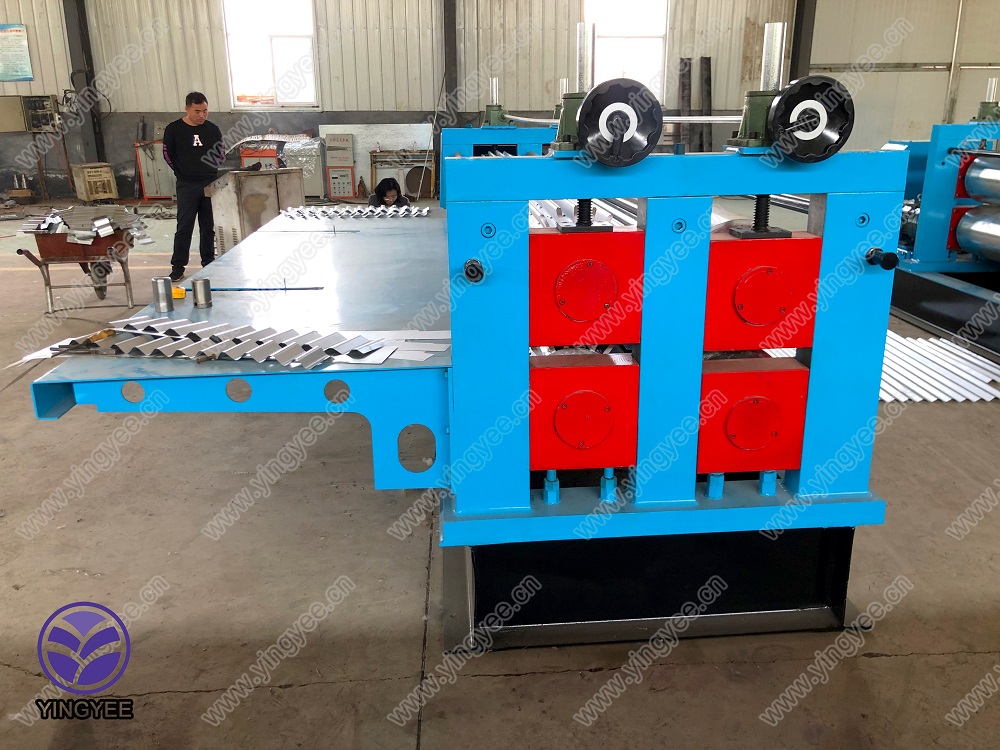
Understanding the Rolling Shutter Machine Applications and Benefits
In the realm of modern technology, the rolling shutter machine represents a significant advancement in the way we secure spaces and enhance convenience in various environments. From commercial establishments to residential areas, these machines have become an integral part of security and access management systems. This article delves into the details of rolling shutter machines, their functioning, applications, and the benefits they offer.
What is a Rolling Shutter Machine?
A rolling shutter machine is a type of door system characterized by its vertical or horizontal rolling mechanism. Unlike traditional doors that swing open, rolling shutters are comprised of horizontal slats that roll up or down on tracks. This design not only saves space but also provides enhanced security and protection against environmental elements. Rolling shutters can be manually operated or equipped with automated systems to allow for ease of use.
How Do Rolling Shutter Machines Work?
The operation of a rolling shutter machine is relatively straightforward. The key components include the shutter curtain made of materials such as aluminum or steel, a mechanism for winding the curtain, and a control system. Users can control the machine with a manual crank, remote control, or a switch. When the shutter opens, the slats coil around a drum situated at the top of the opening, allowing for a clean and unobtrusive tuck away.
Applications of Rolling Shutter Machines
Rolling shutter machines are widely used across different sectors due to their versatility. Here are some common applications
1. Retail Stores and Shops Rolling shutters are frequently used in retail environments to protect merchandise after hours. They provide a high level of security against vandalism and theft while allowing for visibility of products when in operation.
2. Warehouses In warehouses, rolling shutters can secure large entrances, such as loading docks, ensuring that goods are safely stored. Their robust construction makes them ideal for high-traffic areas where durability is essential.
3. Restaurants and Cafes For outdoor dining areas, rolling shutters can serve as a protective barrier against weather elements while enhancing aesthetics. They can be lowered during inclement weather to protect seating and equipment.

4. Residential Properties Homeowners often install rolling shutters for added security and energy efficiency. They can be used on windows and doors, providing insulation that contributes to energy savings.
5. Industrial Facilities In factories and industrial settings, rolling shutters are used to control access to production areas, providing safety and security for both employees and equipment.
Benefits of Rolling Shutter Machines
Rolling shutter machines offer numerous advantages that make them a preferred choice for many establishments
- Enhanced Security The solid construction of rolling shutters provides a formidable barrier against break-ins and vandalism.
- Space Efficiency As they retract vertically or horizontally, rolling shutters do not require the space that traditional doors need to swing open, making them ideal for tight spaces.
- Energy Efficiency Many rolling shutters come with insulation options, helping to maintain indoor temperatures and reduce energy costs.
- Customization They can be customized in terms of color, material, and size to suit the aesthetics of any building or home. This flexibility allows for seamless integration into existing architecture.
- Automated Options Modern rolling shutter machines can be equipped with automation, offering convenience through remote-controlled or sensor-activated openings and closings.
Conclusion
The rolling shutter machine is a versatile and practical solution for enhancing security, convenience, and energy efficiency in a wide range of applications. As technology continues to advance, these machines are poised to integrate even more features that cater to the evolving needs of businesses and homeowners alike. Embracing this technology is not just a matter of upgrading physical security; it also reflects a commitment to innovation and adaptation in an ever-changing world.